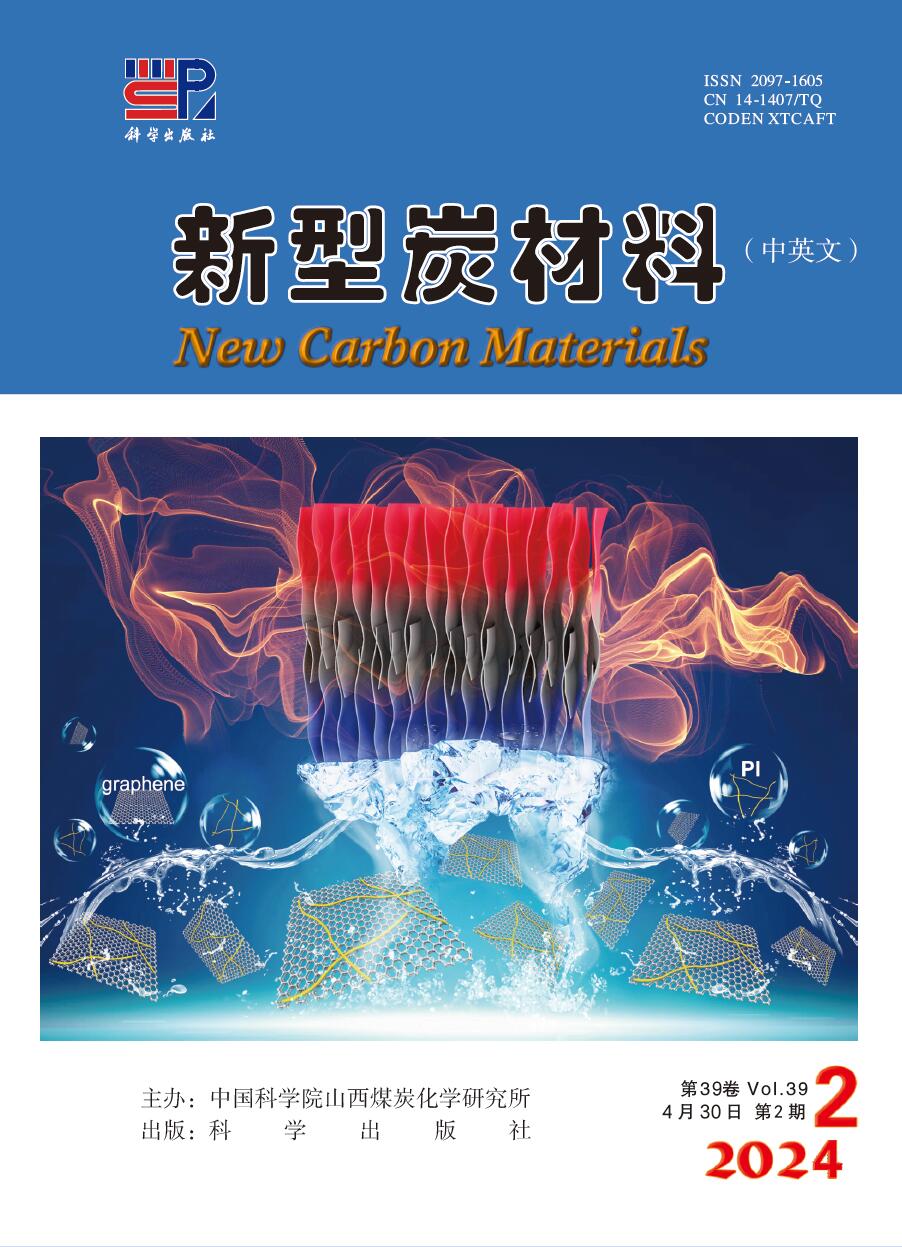2012 Vol. 27, No. 04
2012, 27(04): 241-249.
doi: DOI: 10.1016/S1872-5805(12)600
Abstract:
2012, 27(04): 250-257.
doi: 10.1016/S1872-5805(12)60016-X
Abstract:
2012, 27(04): 258-265.
Abstract:
2012, 27(04): 266-270.
Abstract:
2012, 27(04): 271-277.
doi: 10.1016/S1872-5805(12)60017-1
Abstract:
The performance of dye-sensitized solar cells using different carbon materials as counter electrodes
2012, 27(04): 278-282.
Abstract:
2012, 27(04): 283-287.
doi: 10.1016/S1872-5805(12)60018-3
Abstract:
2012, 27(04): 288-293.
Abstract:
2012, 27(04): 294-300.
Abstract:
2012, 27(04): 301-306.
Abstract:
Intermittent growth of a diamond film by direct current hot cathode plasma chemical vapor deposition
2012, 27(04): 307-310.
Abstract:
2012, 27(04): 311-314.
Abstract:
2012, 27(04): 315-318.
Abstract:
2012, 27(04): 319-320.
Abstract:


 Abstract
Abstract PDF
PDF

 Classified Collection
Classified Collection

 Email alert
Email alert RSS
RSS Download
Download Links
Links

